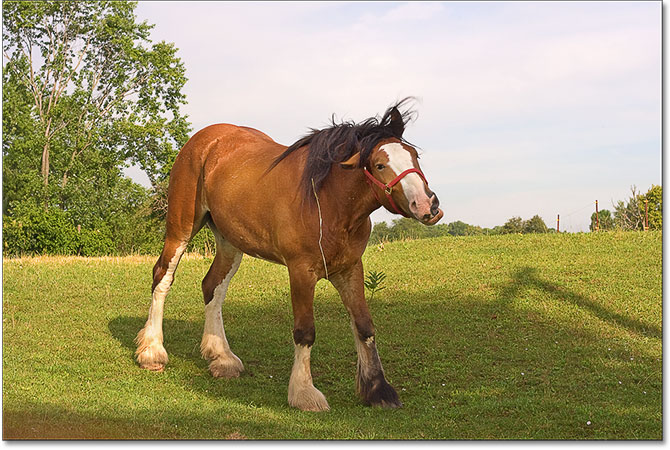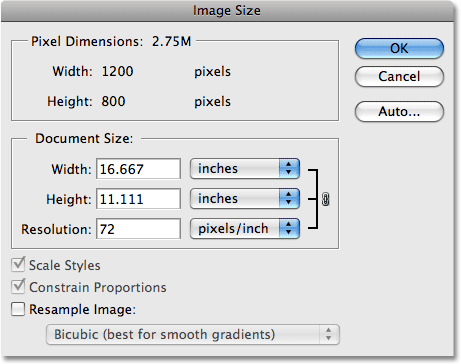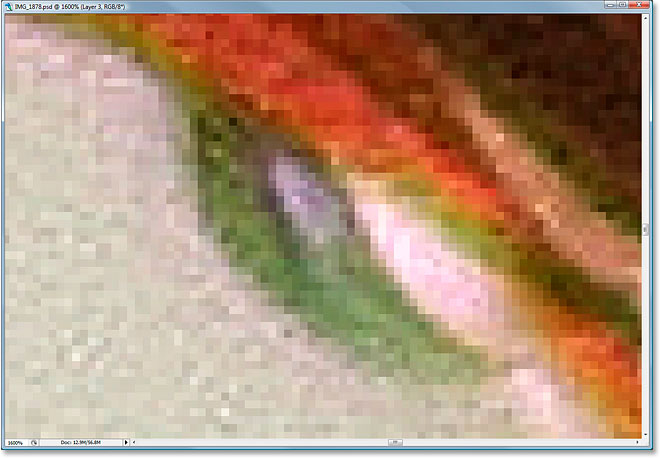Introduction:
In the realm of visual communication, the ability to seamlessly translate digital creations into high-quality prints is a skill that demands a nuanced understanding of image resolution and its direct impact on print quality. This comprehensive guide aims to unravel the intricacies of achieving optimal print quality by delving deep into the concepts of image resolution, its significance in the print domain, and the best practices to ensure that your printed visuals mirror the precision and vibrancy of their digital counterparts.
I. Image Resolution: The Keystone of Print Quality
A. Definition and Importance:
- Image resolution refers to the density of pixels within an image, measured in pixels per inch (PPI).
- Print quality is intricately tied to resolution, with higher resolutions yielding sharper and more detailed prints.
B. The Resolution-Print Quality Nexus:
- Print quality is a direct result of the resolution of the image file used for printing.
- Achieving optimal print quality requires a balance between pixel density and the physical dimensions of the printed image.
II. Understanding Dots Per Inch (DPI):
A. DPI in Printing:
- Dots per inch (DPI) is a measure of printer resolution.
- While PPI refers to the digital image, DPI reflects the printer’s ability to reproduce those pixels on paper.
B. Correlation with Image Resolution:
- To achieve high print quality, the DPI of the printer should be aligned with the PPI of the image.
- A standard guideline is to ensure that the image resolution is at least 300 PPI for optimal printing.
III. Optimal Image Resolution for Different Print Types:
A. Print Resolutions for Standard Print Products:
- For standard print products like brochures, business cards, and flyers, a resolution of 300 PPI is generally recommended.
- This ensures crisp and detailed prints suitable for close inspection.
B. Large Format Printing:
- Large format prints, such as posters or banners, may tolerate lower resolutions due to the expected viewing distance.
- Adjust resolutions accordingly, considering the intended viewing environment.
IV. Image Resampling and Print Quality:
A. Resampling Defined:
- Resampling involves adjusting the number of pixels in an image.
- It allows users to change the pixel dimensions while maintaining or altering the resolution.
B. Impact on Print Quality:
- Upsampling (increasing resolution) may lead to pixelation and a loss of sharpness.
- Downsampling (decreasing resolution) might result in loss of detail, especially for fine prints.
V. The Role of File Format in Print Quality:
A. Lossy vs. Lossless Compression:
- JPEG compression is lossy and can result in quality loss over successive saves.
- For print quality, consider using lossless formats like TIFF to retain maximum image data.
B. Color Modes and Printing:
- RGB is the standard color mode for digital screens, while CMYK is preferred for printing.
- Convert images to CMYK before printing to ensure accurate color reproduction.
VI. Proofing and Test Prints:
A. Importance of Proofing:
- Proofing involves creating a test print to evaluate color accuracy, resolution, and overall print quality.
- It helps identify potential issues before committing to a larger print run.
B. Calibration and Color Management:
- Monitor calibration ensures on-screen colors match the printed output.
- Utilize color management settings in Photoshop for accurate proofing.
VII. Troubleshooting Common Print Quality Issues:
A. Pixelation and Blurriness:
- Pixelation may occur if the resolution is too low for the intended print size.
- Upsampling images can exacerbate pixelation, affecting print quality.
B. Color Inconsistencies:
- Inconsistent colors between the digital image and the print may result from mismatched color profiles.
- Calibrate monitors and ensure color management settings are aligned for accurate color reproduction.
VIII. Professional Printing Services vs. Home Printing:
A. Professional Printing Services:
- Commercial printing services often use high-end printers with advanced color calibration.
- Professional printers can handle a variety of paper types and ensure optimal print quality.
B. Home Printing Considerations:
- Home printers vary in capabilities, and print quality may be affected by factors like ink type and paper quality.
- Calibrate home printers and use high-quality paper for better results.
IX. Conclusion:
Achieving impeccable print quality requires a harmonious marriage between image resolution, printer capabilities, and a keen understanding of the intricacies of the printing process. This comprehensive guide has navigated through the essential elements of image resolution and its pivotal role in determining print quality. Armed with this knowledge, digital artists, photographers, and designers can navigate the nuanced landscape of print, ensuring that their creations make a seamless transition from the digital realm to tangible, high-quality prints. Embrace the interplay of pixels, resolutions, and printing technologies to master the art of print and bring your visual visions to life with unmatched clarity and vibrancy.


